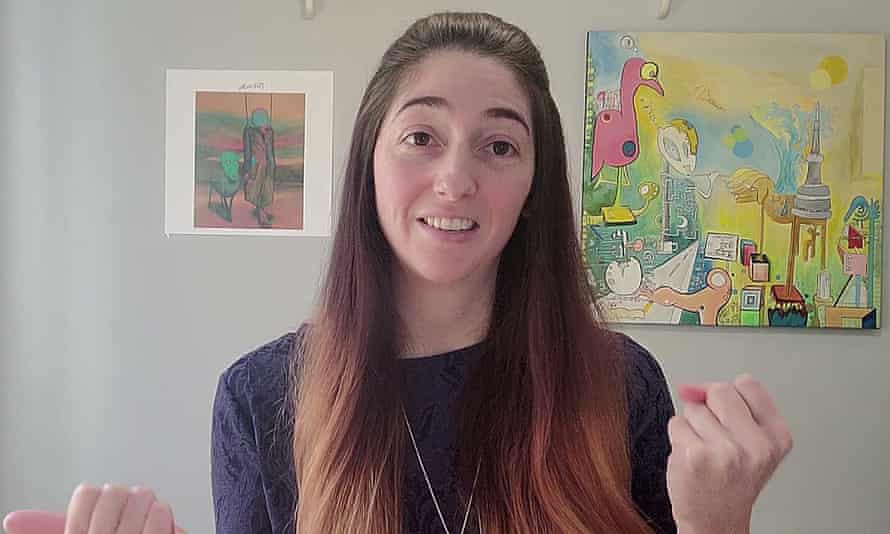In addition to the basic capacity for sense perception, the Unified Theory of Knowledge (UTOK) identifies three primary domains of human consciousness. The first is the experiential or primate self, which includes both the capacity for subjective experience and the manner in which perceptions become referenced against motives and emotions that are relevant to one's self. The basic features of this domain of consciousness is shared with other mammals. The second domain is the ego, which refers to the language-based narrating capacity of your interpreter system. It is the “I” that describes, evaluates, and explains the “me” when you are engaged in explicit self-conscious reflection. Finally, your persona refers to the way you project your
identity out into the social world to manage impressions and regulate your role and place in the social field.
These domains are specified in UTOK via Justification Systems Theory (JUST)2. In particular, JUST argues that we can understand the evolution of the human ego and persona as arising out of the fact that with propositional language came the problem of having to justify one’s self to others. UTOK proclaims this is a central problem that shapes the structural and functional arrangement of our language-based propositional thought. It also makes very clear predictions regarding the relationship between the domains of consciousness. Specifically, JUST posits that there should be specific kinds of filtering processes that should be present between both the experiential self and the ego and the ego and the persona. These dynamic processes are where we find two of the three filters of consciousness.
According to JUST, the ego must narrate what is happening to the primate experiential self and do so with the task of developing a justifiable narrative of events. This means that there should be filters associated with how the ego construes the experiential self. Specifically, it should work to filter out impulses, images, ideas, and feelings that are unjustifiable. And it should then work to develop justifiable narratives for those experiences, drives, and images that are acknowledged. In addition, powerful thoughts and feelings that the ego cannot control or deny should be experienced as alien and “ego-dystonic.”
Of course, therapists of a psychodynamic orientation have long identified precisely these kinds of processes and dynamic relations between self-consciousness and
subconscious processes. Indeed, the idea that the ego sits atop the more animalistic portions of our mental lives and filters out undesirable processes via
repression or suppression and then rationalizes those portions to manage our sense of self in the relational world is a basic set of insights from the
Freudian tradition. It is because of this set of insights from psychodynamic theory that UTOK labels the filter between the primate-experiential self and the ego the "Freudian Filter." It operates between nonverbal images, drives, and impulses and verbal narration and, at this interface, the primary dynamic this filter is attempting is to translate the experiential self into a justified narrative and also regulate it so that it conforms.
READ MORE...




















